SOURCE: AFI

A collaborative effort between researchers from the Indian Institute of Technology Madras (IIT Madras) and NASA’s Jet Propulsion Laboratory (JPL) is tackling a critical issue: the presence of multidrug-resistant pathogens on the International Space Station (ISS).
This research delves into the microbial landscape aboard the ISS, specifically focusing on how these microorganisms might impact astronaut health. The ultimate goal is to not only safeguard the well-being of space travelers but also translate these findings into solutions for healthcare challenges here on Earth.
Continue readingSOURCE: RAUNAK KUNDE / NEWS BEAT / IDRW.ORG
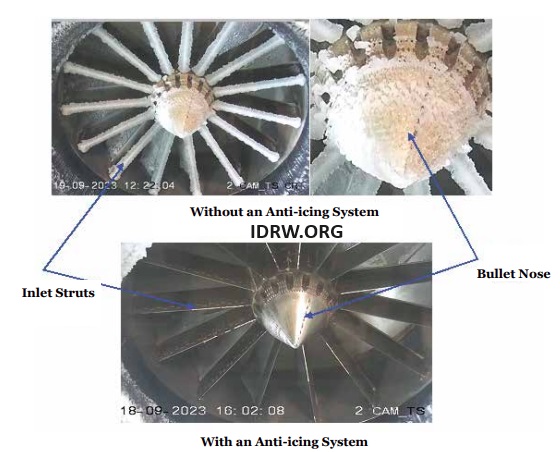
Icing remains a critical safety concern for aircraft, occurring when they fly through clouds containing supercooled liquid water droplets. These droplets freeze upon contact with aircraft surfaces, forming ice that can drastically alter the shape of airfoils, including wings and tails, leading to a deterioration in aerodynamic performance, difficulty in control, loss of flight stability, and, in severe cases, catastrophic crashes.
Ice dislodged from aircraft or engine surfaces poses additional risks, potentially damaging engines, causing loss of thrust, and leading to engine failures mid-flight. Historical data shows numerous fatal accidents attributed to aircraft icing.
Continue readingSOURCE: RAUNAK KUNDE / NEWS BEAT / IDRW.ORG
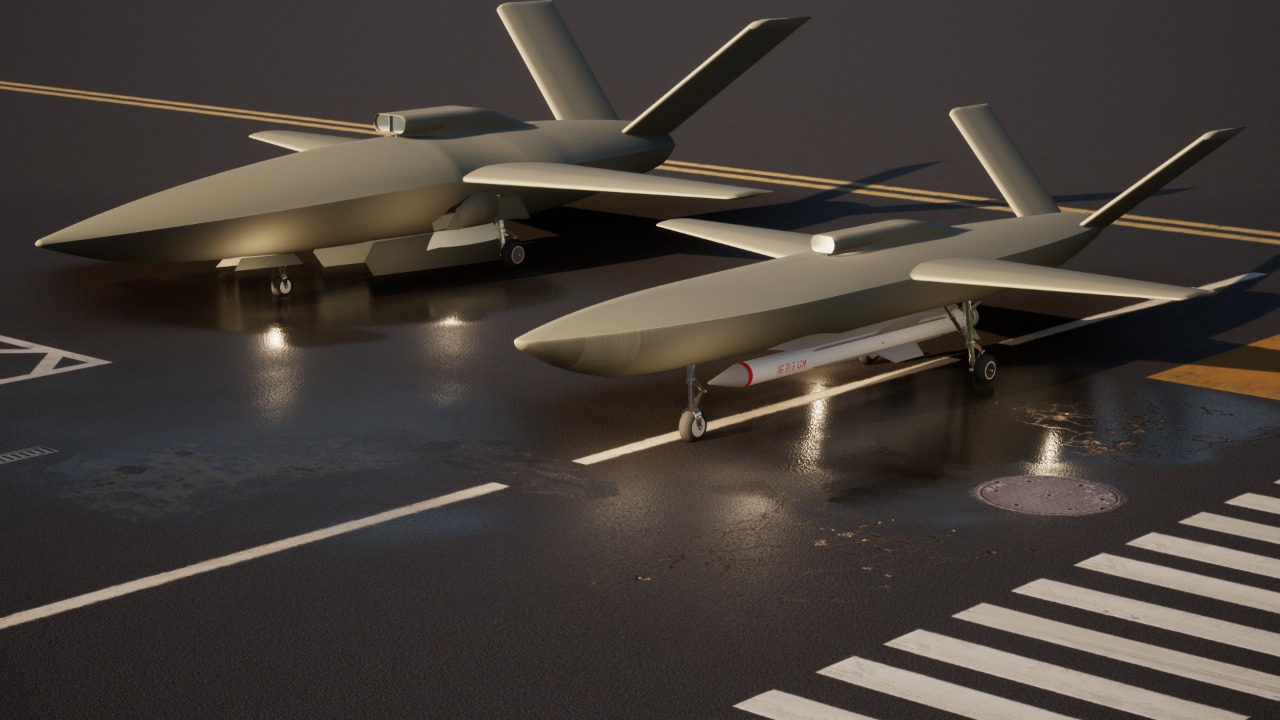
Hindustan Aeronautics Limited (HAL), a leading aerospace and defence company in India, has issued an Expression of Interest (EoI) for the manufacturing and supply of air intake composite ducts specifically designed for the CATSA-W UAV program.
The CATS Warrior is being designed with a composite airframe, a critical feature for achieving low observable (LO) characteristics. In layman’s terms, this means the drone will have a reduced radar signature, making it difficult for enemy radar systems to detect. This stealth capability is essential for modern aerial warfare, allowing the CATS Warrior to operate behind enemy lines undetected.
Continue readingSOURCE: RAUNAK KUNDE / NEWS BEAT / IDRW.ORG

Rolls-Royce has made a compelling proposition to the Indian Navy, offering its proven MT30 marine turbine engine along with a complete Transfer of Technology (ToT) package. This move aims to power the next generation of larger Indian warships, including the planned aircraft carrier.
The MT30 boasts a proven track record, successfully powering the massive 65,000-tonne HMS Queen Elizabeth, the United Kingdom’s aircraft carrier. This engine’s capabilities make it a strong contender for powering India’s upcoming large warships.
Continue readingSOURCE: AFI
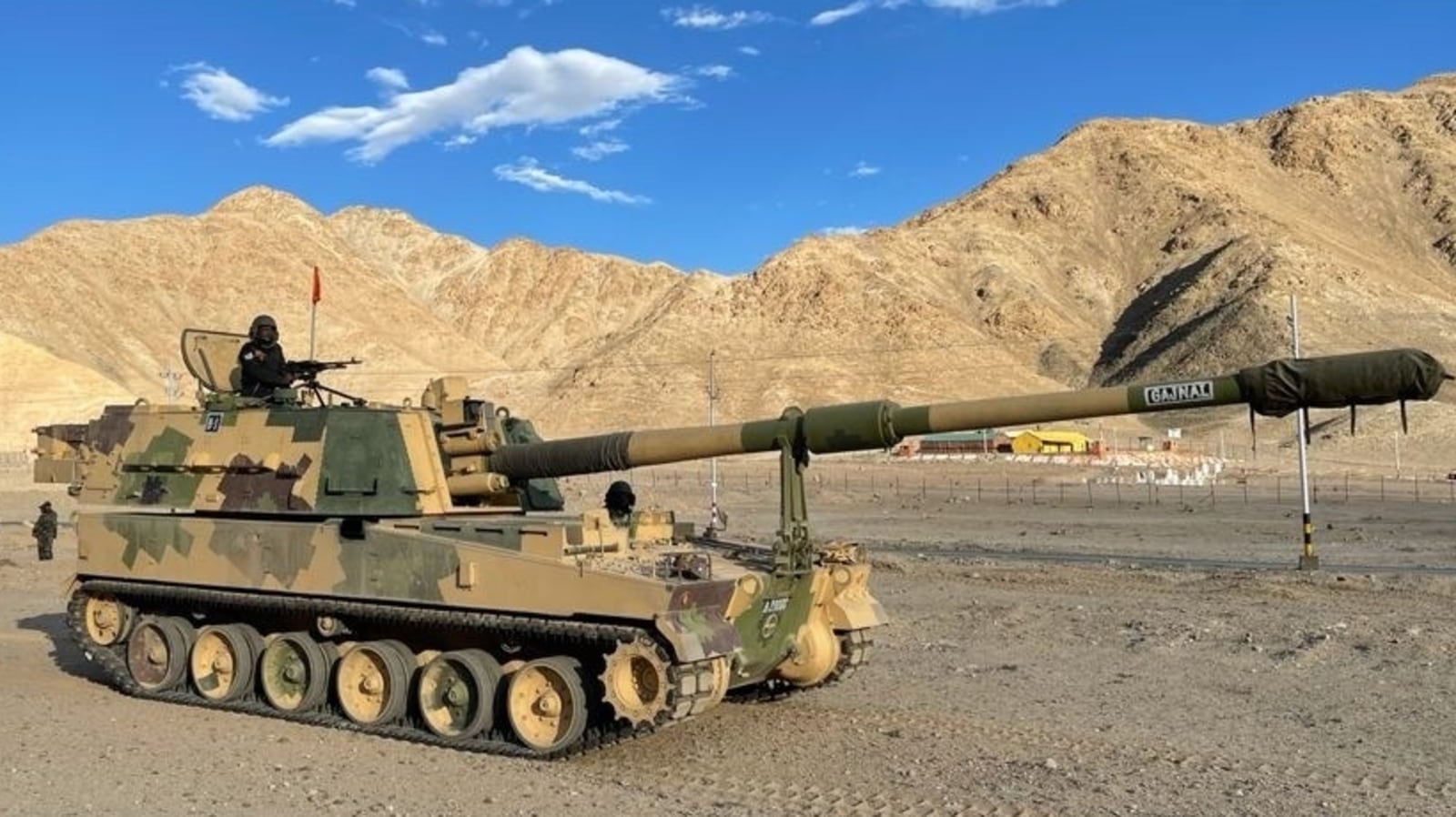
As Prime Minister Narendra Modi’s third term commences, the Defence Ministry is poised to embark on an ambitious journey of modernisation, marking a pivotal shift in India’s defence capabilities. With the agenda for the first 100 days of the new government being meticulously outlined, a significant focus is placed on bolstering the Indian Army’s artillery strength through the procurement of advanced weaponry.
One of the headline initiatives is the anticipated conclusion of a deal for the acquisition of 100 K9 Vajra artillery guns from Larsen & Toubro (L&T), expected to be finalized by August this year. This strategic move comes as part of a broader effort to enhance the Indian Army’s operational readiness and firepower.
Continue readingSOURCE: AFI

Lockheed Martin India is making a strong play for the Indian Air Force’s (IAF) Multi-Transport Aircraft (MTA) program, offering its proven C-130J Super Hercules tactical transport aircraft. This comes despite the company also offering its KC-130J variant, a tanker version of the Hercules.
The IAF is seeking to procure 60-80 transport aircraft to replace its aging fleet of An-32s, originally acquired from the Soviet Union in the early 1980s. Lockheed Martin is clearly aiming for a larger slice of the IAF’s modernization pie.
Continue readingSOURCE: AFI
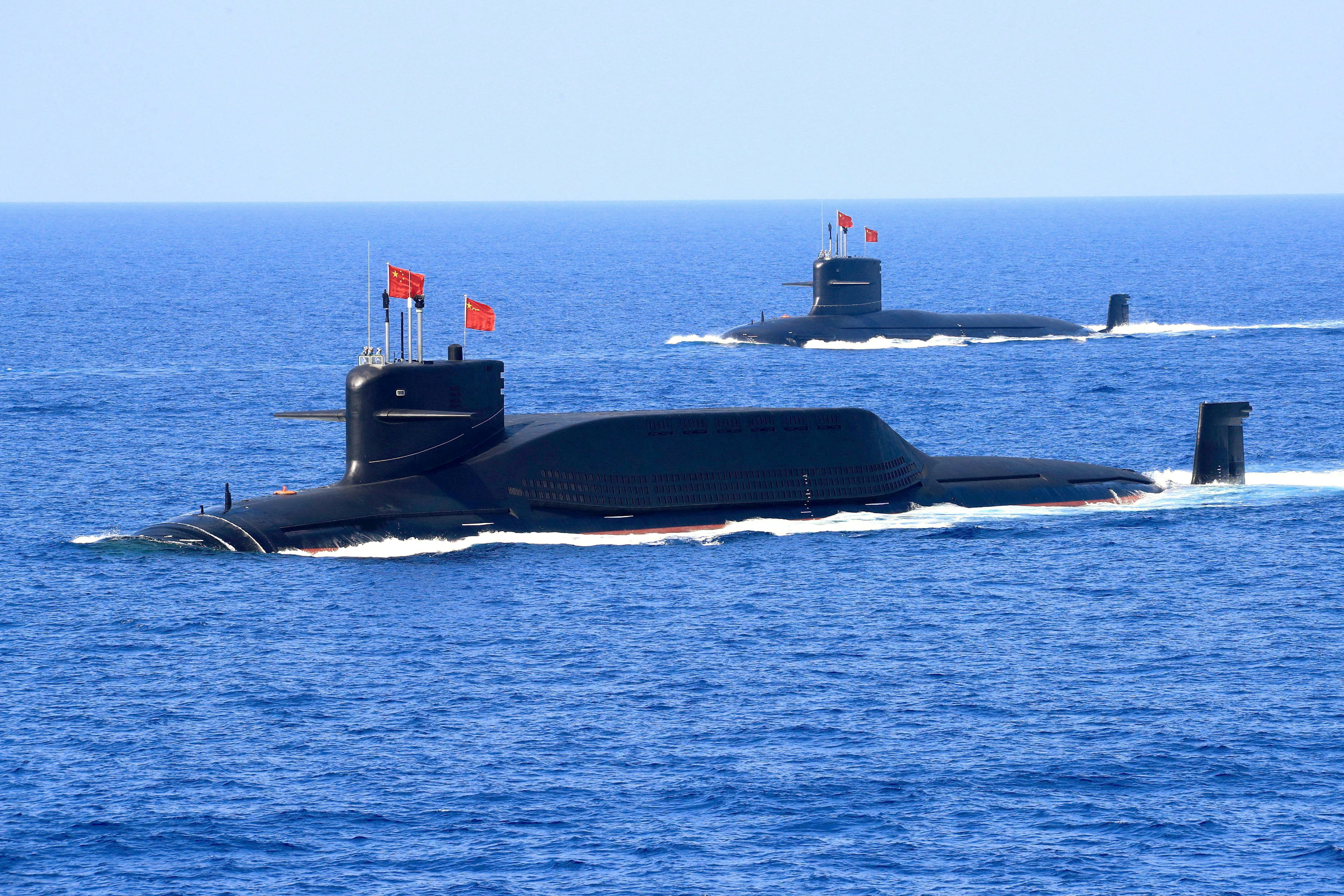
Pakistan’s acquisition of Hangor-class submarines from China has sparked discussion about the country’s evolving naval deterrence strategy. On a recent state-TV program, retired navy officials weighed in on the significance of these new vessels.
Vice Admiral Ahmed Saeed, a retired official, described the Hangor submarines, equipped with air-independent propulsion (AIP), as a “hybrid” element in Pakistan’s deterrence approach. They bridge the gap between conventional diesel-electric submarines and nuclear-powered boats.
Continue readingSOURCE: AFI

New satellite imagery provides a clearer picture of the aftermath of a Ukrainian drone attack reportedly targeting a Su-57 Felon, Russia’s most advanced fighter jet, at Akhtubinsk Air Base hundreds of miles from the front lines.
The images, obtained by The War Zone from Maxar Technologies, offer a wider view compared to those released earlier by Ukraine’s Defense Intelligence Directorate (GUR). While the GUR images focused on the single Felon allegedly damaged, the Maxar views allow for more context and analysis
SOURCE: IDRW.ORG.
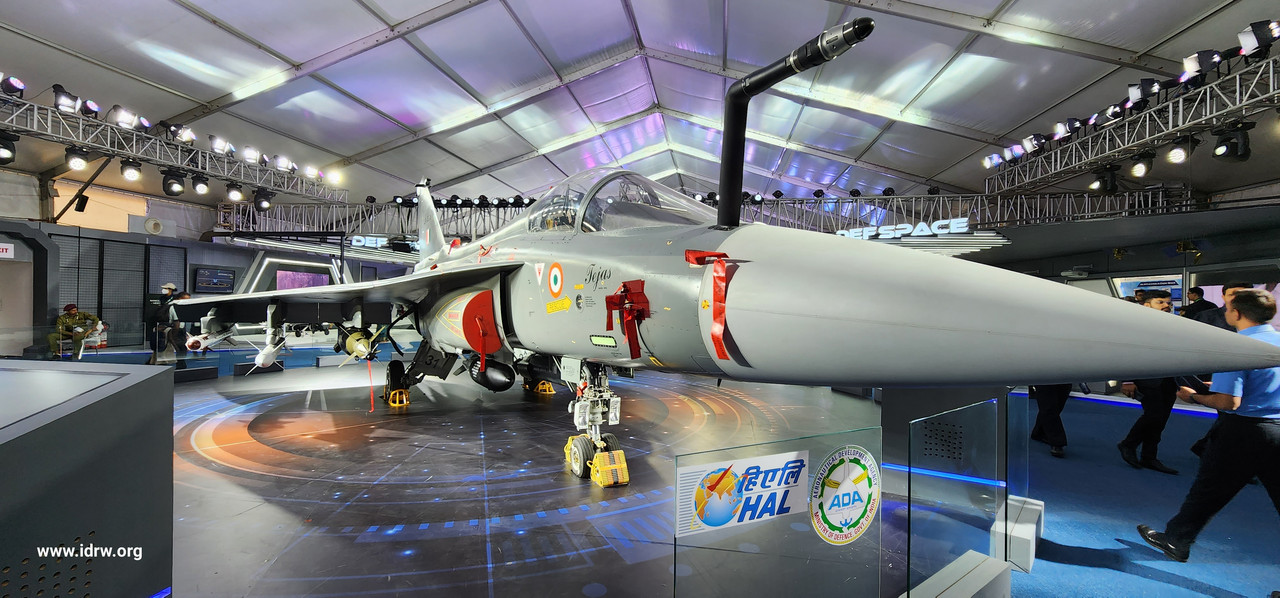
Hindustan Aeronautics Limited (HAL) is poised for a significant boost in its Light Combat Aircraft (LCA) Tejas Mk1A production with the Nashik plant gearing up for its first locally manufactured aircraft rollout by the end of November 2024.
This marks a major milestone for the Tejas program, as Nashik becomes the third production line dedicated to the LCA-Tejas Mk1A variant. The existing Bengaluru facility houses two production lines with a combined capacity of 16 aircraft annually.
Continue readingSOURCE: IDRW.ORG.

India is stepping up its defense export strategy, aiming to capture markets in Africa and the Western Indian Ocean region. This move aligns with India’s broader geopolitical and economic goals, leveraging its growing defense manufacturing capabilities to foster stronger ties with these regions. The initiative reflects India’s ambitions to expand its influence and establish itself as a key player in the global defense market.
India’s defense export strategy is targeting countries across Africa and the Western Indian Ocean. These regions are increasingly looking to diversify their defense procurement sources, making them ideal markets for India’s defense products. By offering a range of military hardware and technology tailored to the specific needs of these nations, India aims to fill the gap left by traditional defense suppliers.
Continue readingSOURCE: AFI

NewSpace Research and Technologies (NRT) recently had the distinct honor of hosting two prominent leaders from the Indian Armed Forces: Lieutenant General MV Suchindra Kumar PVSM, AVSM, YSM, VSM, GOC-in-C of Northern Command, and Air Marshal Balakrishnan Manikantan AVSM, VM, AOC-in-C of Southern Air Command. Accompanied by other distinguished officials, the commanders visited NRT to review and discuss the company’s next-generation mission and technology development efforts.
During the visits, discussions centered around the ongoing deliveries and capability development aligned with the unique mission needs of the Northern and Southern Commands. The commanders were briefed on NRT’s Next Generation Mission Technologies (NGMT) vision and the progress made in product development. These strategic conversations provided valuable insights into how NRT’s innovations can support and enhance the operational effectiveness of the Indian Army and Indian Air Force.
Continue readingSOURCE: AFI

The Indian Space Research Organisation (ISRO) is making significant strides in Martian exploration with its ambitious project, the Martian Boundary Layer Explorer (MARBLE). A key component of MARBLE is the development of a novel coaxial rotor system specifically designed to operate in the Martian atmosphere.
The Martian atmosphere poses a unique challenge for rotorcraft. It’s roughly 100 times thinner than Earth’s atmosphere, and with an average surface temperature of -63°C (210K), it presents a harsh environment for traditional helicopter designs.
Continue readingSOURCE: AFI
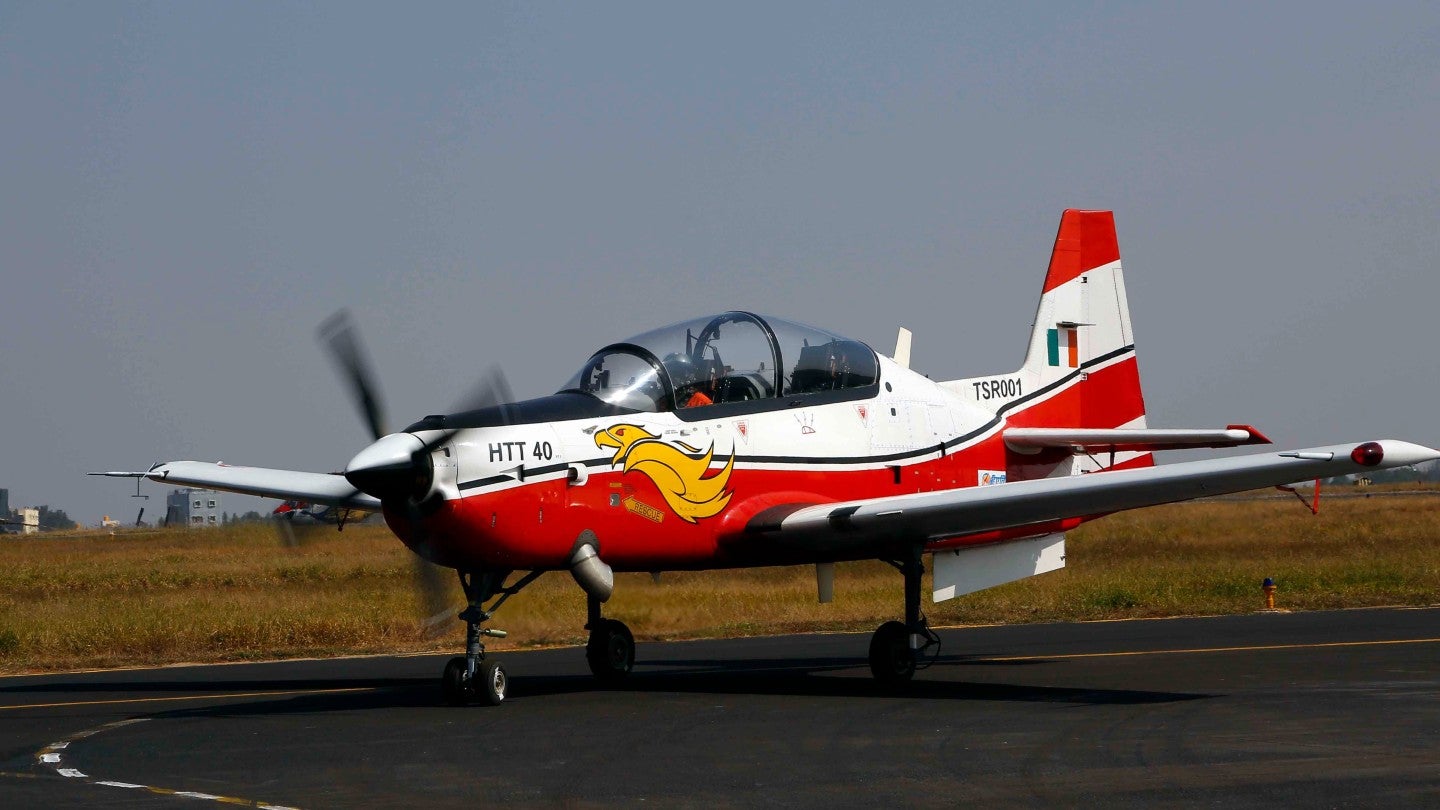
Hindustan Aeronautics Limited (HAL) has achieved a significant milestone with the development of the HTT-40 Basic Trainer Aircraft (BTA) for the Indian Air Force (IAF). Set to enter service from 2025 onwards, the HTT-40 is poised to enhance pilot training within the IAF. However, to fully leverage the platform’s potential and tap into the lucrative export market, HAL should consider developing a light attack variant of the HTT-40, akin to the A-29 Super Tucano.
This robust and reliable trainer aircraft is intended to provide new pilots with the skills they need before transitioning to more advanced fighter jets. Its induction into the IAF marks a significant step forward in reducing dependency on foreign trainers and bolstering indigenous defence production.
Continue readingSOURCE: AFI

India’s Agnipath scheme, designed to recruit soldiers for a four-year term, is undergoing revisions based on feedback from senior army officers. Discussions are underway to extend the minimum service tenure for Agniveers (recruits) to seven or eight years. Additionally, proposals include retaining a larger portion of the force, with a target of 60-70% transitioned into permanent positions.
These recommendations are part of an ongoing review of the Agnipath scheme, which has been in place for a few months. Feedback is being collected from formations and senior officers to assess the scheme’s impact on operational efficiency. The goal is to ensure Agniveer recruitment doesn’t lead to functional issues within the army.
Continue readingSOURCE: AFI

On June 8, Mumbai’s Chhatrapati Shivaji Maharaj International Airport witnessed a near-miss incident involving Air India flight AI657 and IndiGo flight 6E5053. This incident highlights a critical lapse in air traffic control coordination, leading to a dangerous reduction in the separation between the two aircraft. The incident occurred when AI657 was cleared for departure from Runway 27 at the same time 6E5053 was cleared to land on the same runway.
Automatic Dependent Surveillance-Broadcast (ADS-B) data provided granular details about the proximity of the two aircraft. According to Flightradar24, the closest point of approach was just 1,671 feet—a dangerously low margin for aircraft safety. This analysis is based on detailed ADS-B data that offers a high-resolution account of the positions and movements of both flights.
Continue reading